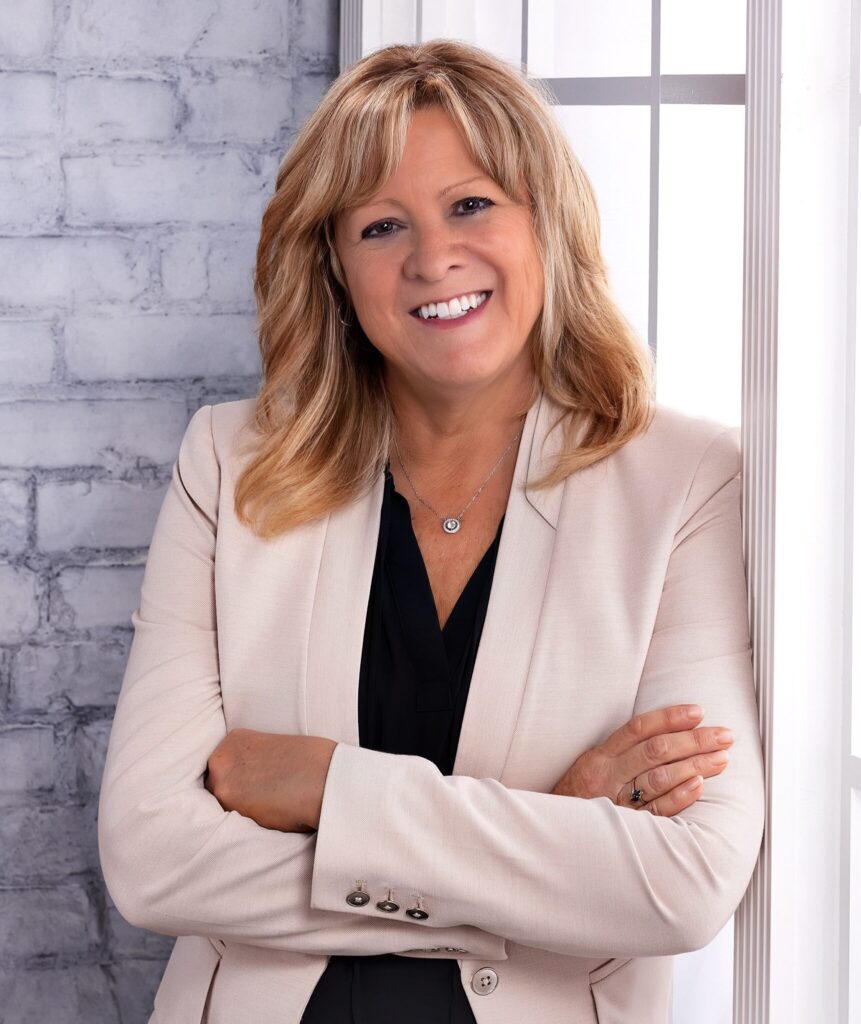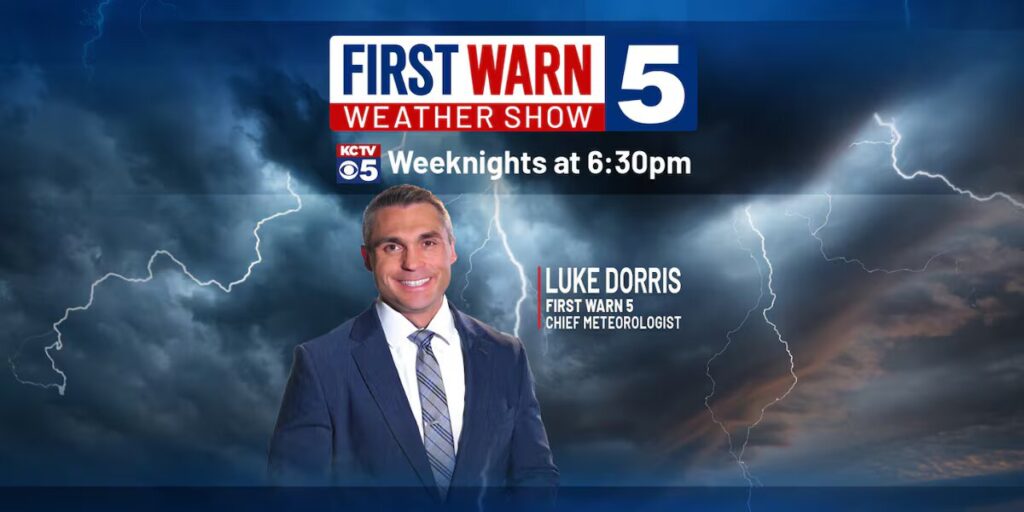The Preston Padden-led Expanding Opportunities for Broadcasters Coalition says the FCC’s proposed pricing formula for the 2016 incentive auction is based 50% on the interference-free population that a station serves. This component, EOBC says “is completely irrelevant to a station’s interference or ‘blocking’ profile and is included in the formula for one reason — to drive down prices.”
EOBC: FCC Low-Balls Station Auction Values
The Expanding Opportunities for Broadcasters Coalition today released a list of 1,100 TV stations that it claims are being grossly undervalued by the FCC in its planning for the 2016 incentive auction. The EOBC is a group of speculators who have been buying stations with the intention of selling their spectrum in the auction.
EOBC says that while the FCC, in its Report and Order on the auction, said that “the prices offered to stations would vary based on the station’s interference profile — its impact on repacking,” but in the recently released public notice seeking comments on the auction, “the commission diverts from this approach, proposing a pricing formula that is based 50% on the interference-free population that a station serves. This component,” EOBC says “is completely irrelevant to a station’s interference or ‘blocking’ profile and is included in the formula for one reason — to drive down prices.”
EOBC goes on to say: “Our analysis demonstrates that more than a thousand stations will receive prices that significantly undervalue their contribution to clearing spectrum. This issue impacts the entire industry.”
EOBC lists more than 1,100 stations (the list is here) that, EOBC says, “according to the FCC’s own data, block service to population at least 2 1/2 times larger than their interference free population. ‘Blocking’ is the key driver of spectrum value: the ‘volume’ of spectrum that a broadcaster occupies is the spectrum that cannot be used by other broadcasters if that broadcaster continues in business.
“The blocking effect is quantified by the FCC’s paired interference files, which exhibit very little correlation with a broadcaster’s interference-free pop count. The ratio of blocked population to interference-free population can vary from 1X to more than 30X.
“The FCC’s proposal ignores these huge differences. More than 350 stations have a blocked pops measurement that is more than five times greater than their served pops — 5 times — and yet the FCC proposes a false measure of spectrum value — a thumb on the scale — that will pretend this spectrum value does not exist in order to justify capping payments below the fair market values that the FCC repeatedly promised to broadcasters.”
EOBC also listed the 352 “most undervalued” stations (here).


























Comments (3)
Robert Crookham says:
December 18, 2014 at 6:52 pm
Boo hoo. A bunch of speculators buy up low-performing stations, hoping to cash in on a jackpot, and they’re finding that’ it’s not going to be everything they thought it would. Cry me a river.
Ellen Samrock says:
December 18, 2014 at 7:01 pm
Yeah, these guys are using the old ‘buy low, sell high’ strategy with these stations hoping for a big payday. Well, guess what? So is the FCC–and they’re ones making up the rules. We know who’s going to win here.
Keith ONeal says:
December 18, 2014 at 8:46 pm
What I see, D BP, is NO winners, but a whole bunch of LOSERS!!!